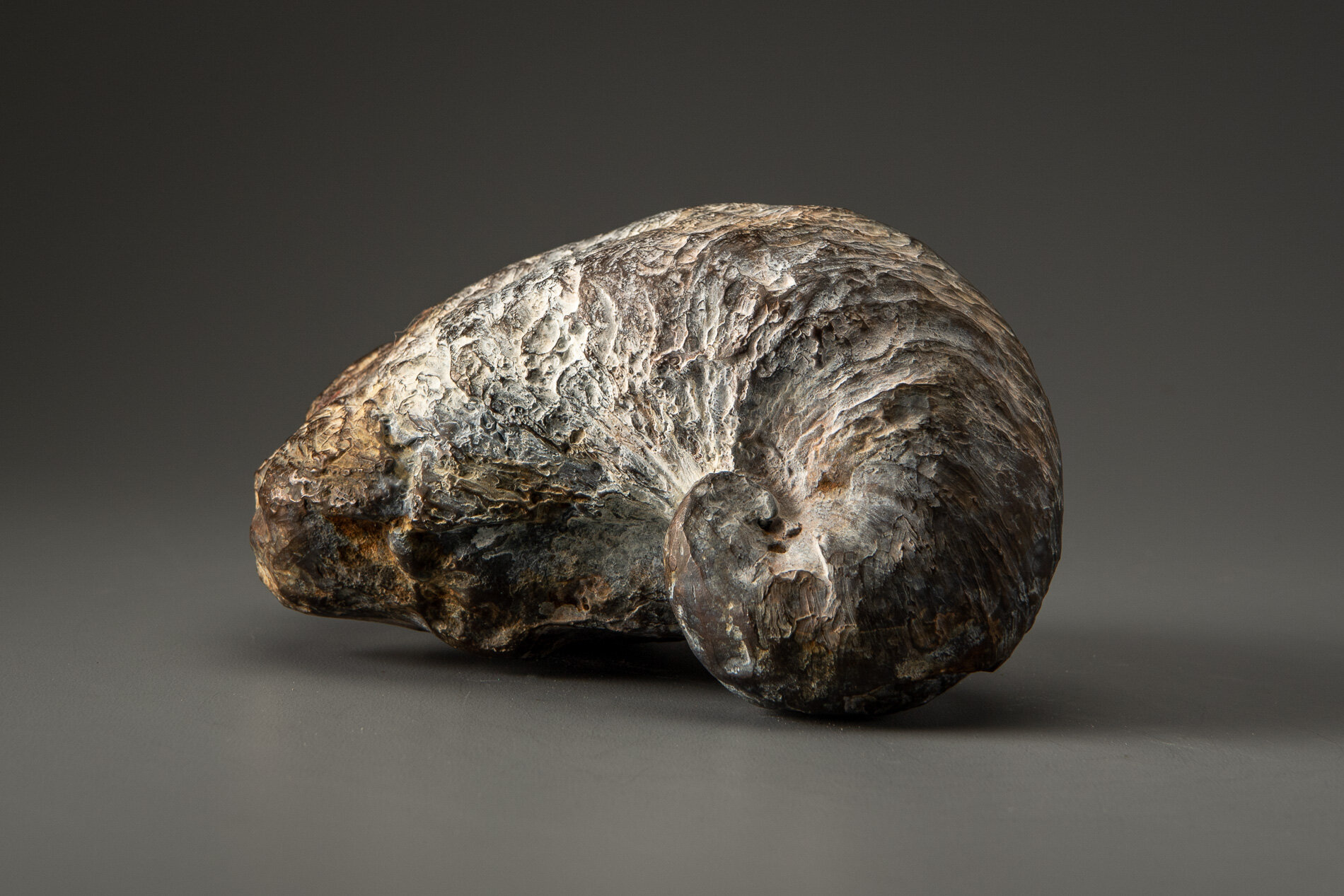Happy National Soil Day. Notice the length of the root system of this turf grass-just a few inches. 👎
🤔
The image I posted is not soil to be celebrated.It is what I call mindless conformity 🤨AND - now for the good news- 🌱☘️🍀☘️🌿
It is an opportunity to help save our planet and that we should celebrate.
Let me explain- this is the typical ground cover that covers 99.99% of the homes in the United States. It is a mono-crop of turfgrass. Monocrops are not healthy for soil. Mother Nature needs diversity to be healthy. To go against nature, homeowners have to apply chemical inputs to keep their monocrop turf grass looking perfect. These fertilizers, fungicides, herbicides, and pesticides kill all the living matter. They also kill our insects and valuable Keystone species.
In contrast, healthy soil, especially on the coastal prairie, is a sponge for soaking up rainwater and keeping our planet cool. Houston was a coastal prairie covered in native grasses that had massive roots systems. Some extended 18’. The coastal prairie has the capability to absorb massive amounts of moisture/water. They also act as a filter to clean the water and retain water. Water held in healthy soil is how the planet cools itself. Healthy soil also sequesters carbon out of the air and puts it back into the soil. The coastal Prairie plays a large role in the global environment. Houstonians have paved, asphalted, and covered in turf grass 600 square miles that makeup Houston. Reimaging urban landscapes is an opportunity to save our planet. Turfgrass covers more acreage in the US than farmed land. 🤠 this is an easy way to comply with mother nature. I am using ny art to find ways to reimagined urban landscapes to work with mother nature Healthy soil= healthy people. Happy soil day. #cindeeklementart #artactivism #bioart #soilart #art #conservationart #soil #regenerativeart.



